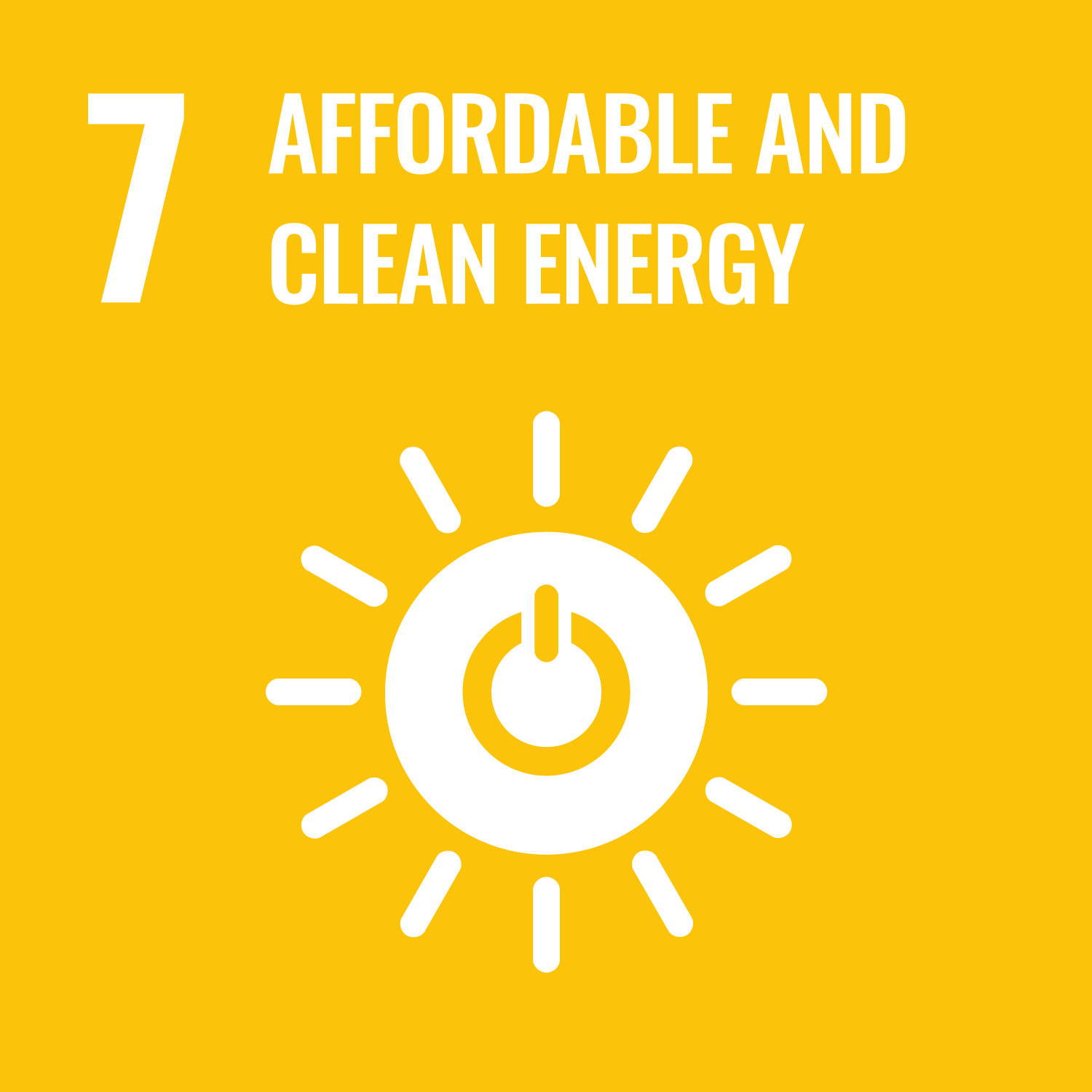ORCID
- Simone Michele: 0000-0002-4082-6929
Abstract
We present a novel mathematical model to investigate the extraction of wave power by flexible floaters. The model is based on the method of dry modes, coupled with a matched eigenfunction expansion. Our model results compare satisfactorily with preliminary data obtained from a demonstrator device, developed at the University of Groningen. We show that the role of elasticity is to increase the number of resonant frequencies with respect to a rigid body, which has a positive effect on wave power output. The mathematical model is then extended to irregular incident waves, described by a JONSWAP spectrum. Our results show that the peak capture factors decrease in irregular waves, as compared to the monochromatic case. However, the system becomes more efficient at non-resonant frequencies. This work highlights the need to scale-up experimental investigations on flexible wave energy converters, which are still a small minority, compared to those on rigid converters.
DOI Link
Publication Date
2020-11-24
Publication Title
Energies
Volume
13
Issue
23
ISSN
1996-1073
Acceptance Date
2020-11-19
Embargo Period
2021-08-10
Creative Commons License

This work is licensed under a Creative Commons Attribution 4.0 International License.
First Page
6167
Last Page
6167
Recommended Citation
Michele, S., Buriani, F., Renzi, E., van, R., Jayawardhana, B., & Vakis, A. (2020) 'Wave Energy Extraction by Flexible Floaters', Energies, 13(23), pp. 6167-6167. Available at: 10.3390/en13236167


